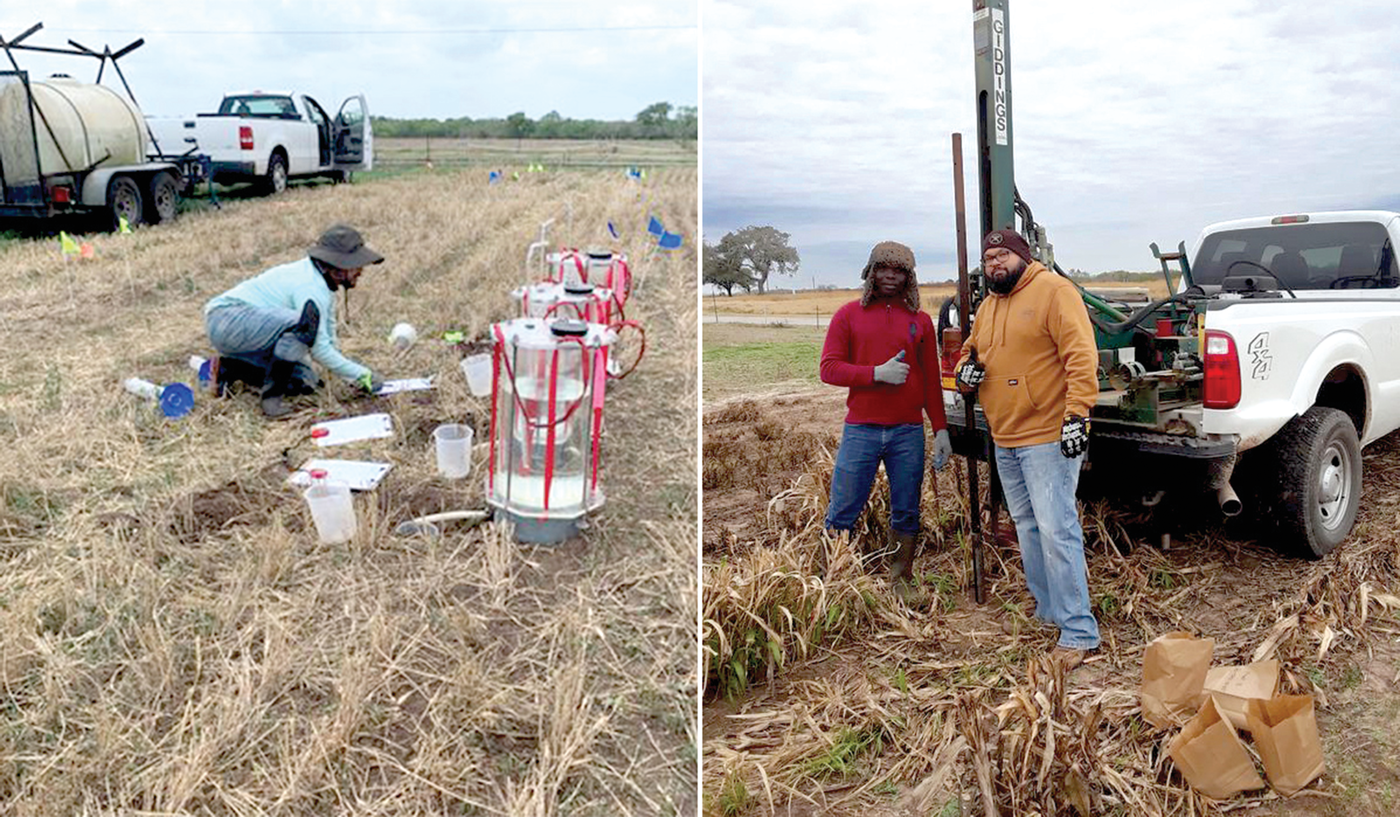Effects of Double Cropping and Reduced Tillage on Texas Wheat Production

Wheat is a major source of food supply and security worldwide. In Texas, most wheat is grown through winter and spring, managed with tillage, and fallowed in summer. Reduced tillage, including strip‐ and no‐tillage, and summer double cropping increase soil cover, which should reduce erosion and evaporative water loss as well as increase soil organic carbon. But there is no information on how adding a summer crop and reducing tillage affects productivity or other aspects of wheat production in the state.
New research in Agronomy Journal sought to determine these effects on establishment and grain and herbage mass yields in three ecoregions of Texas. Summer double crops included sorghum, sesame, or cowpea. The cover crop mix varied annually, and the most productive species were cowpea, lablab, pearl millet, sunflower, and sunn hemp.
The researchers found that strip‐ or no‐tillage is feasible for Texas wheat production. Wheat‐summer crop rotations, especially with sorghum and sesame, have potential in the Coastal Plains and Blackland Prairie regions but are not recommended in the southern High Plains due to limited precipitation and shorter growing season.
This study is an example of using increased biodiversity and agronomic management for sustainable intensification.
Adapted from Bekewe, P.E., Foster, J.L., Neely, C.B., Neely, H.L., Lewis, K. L., Tomlin, L.E., … & Gerrish, B. (2022). Cropping system diversity and tillage intensity affects wheat productivity in Texas. Agronomy Journal, 114, 3498–3514. https://doi.org/10.1002/agj2.21209
Text © . The authors. CC BY-NC-ND 4.0. Except where otherwise noted, images are subject to copyright. Any reuse without express permission from the copyright owner is prohibited.











